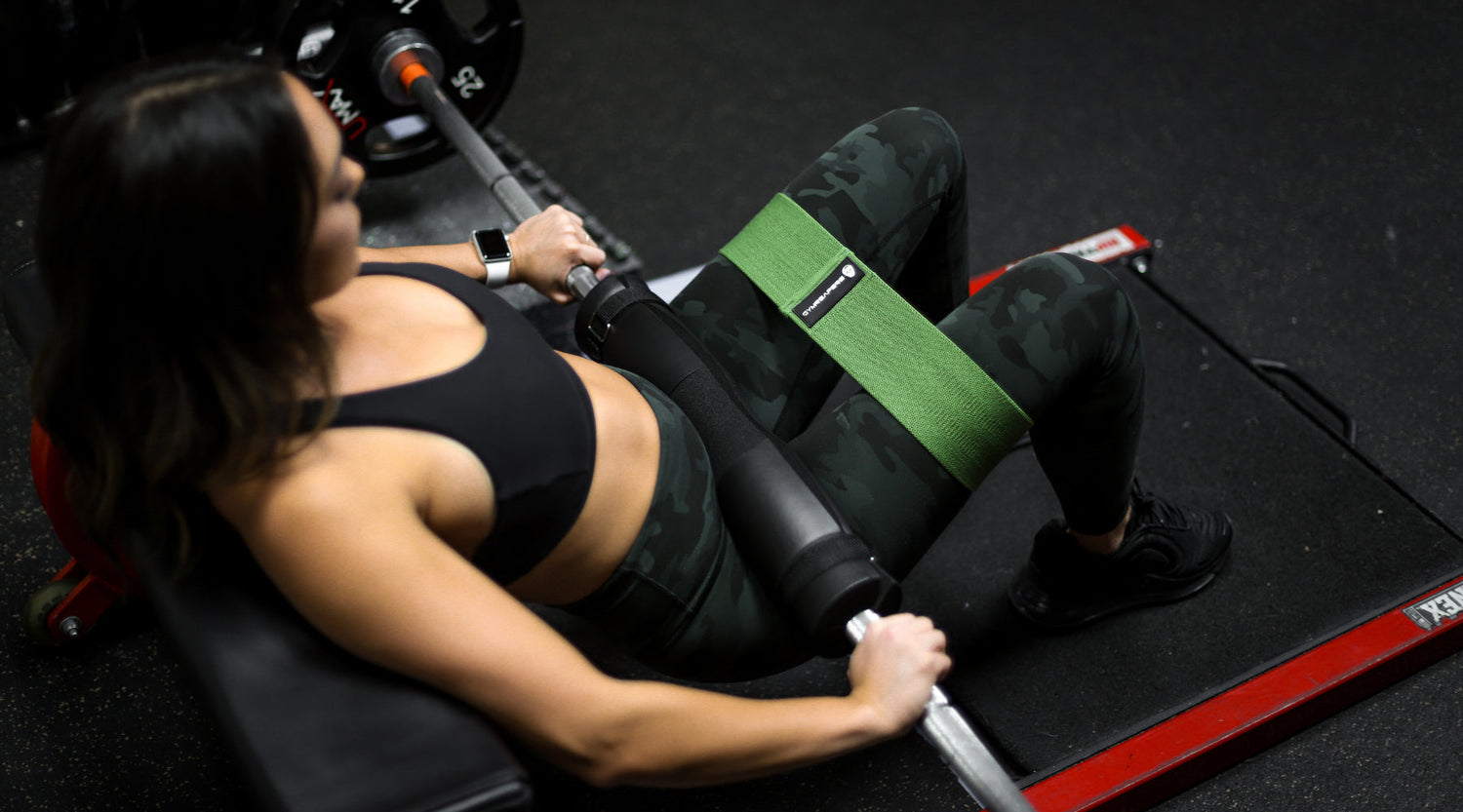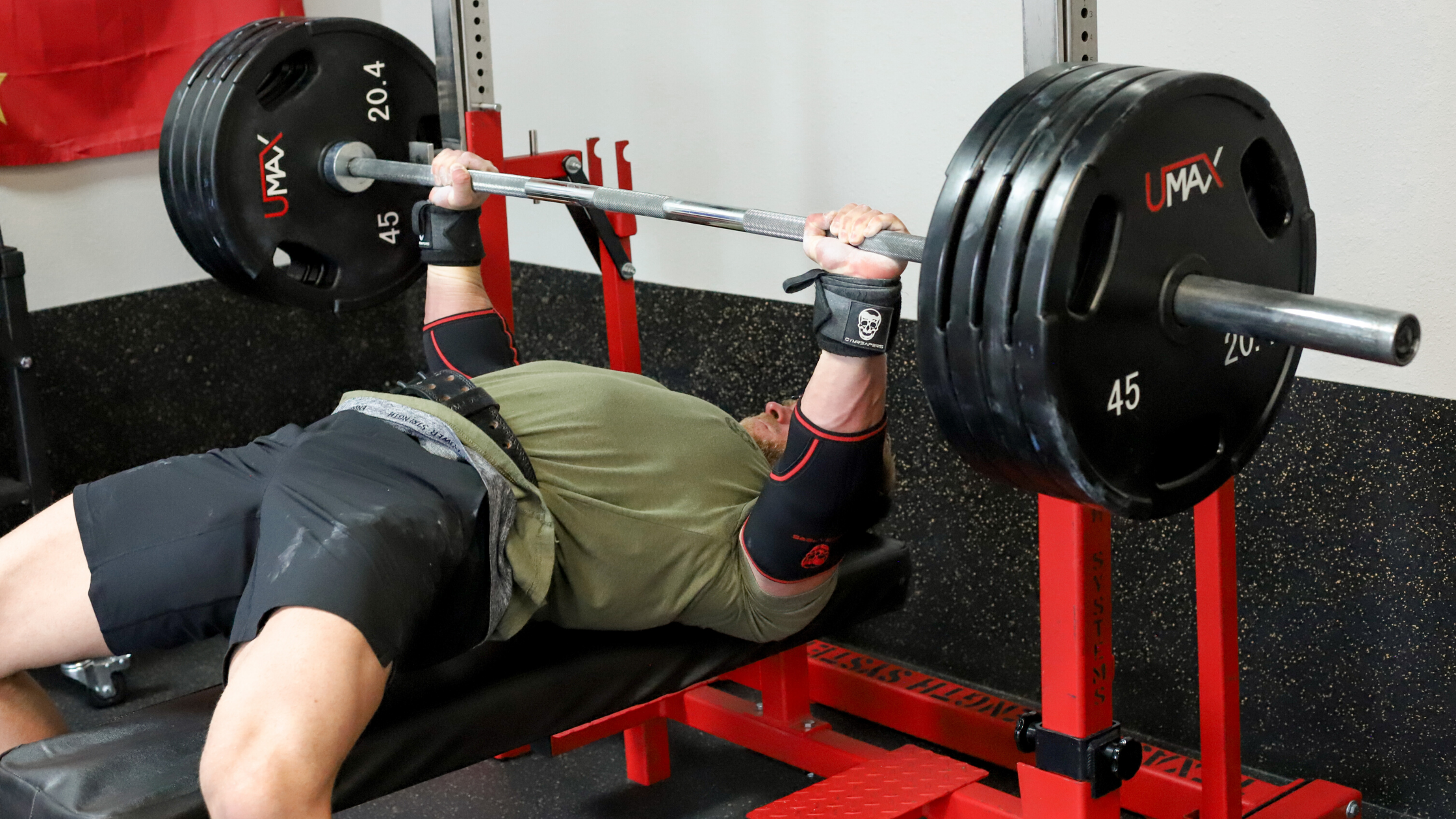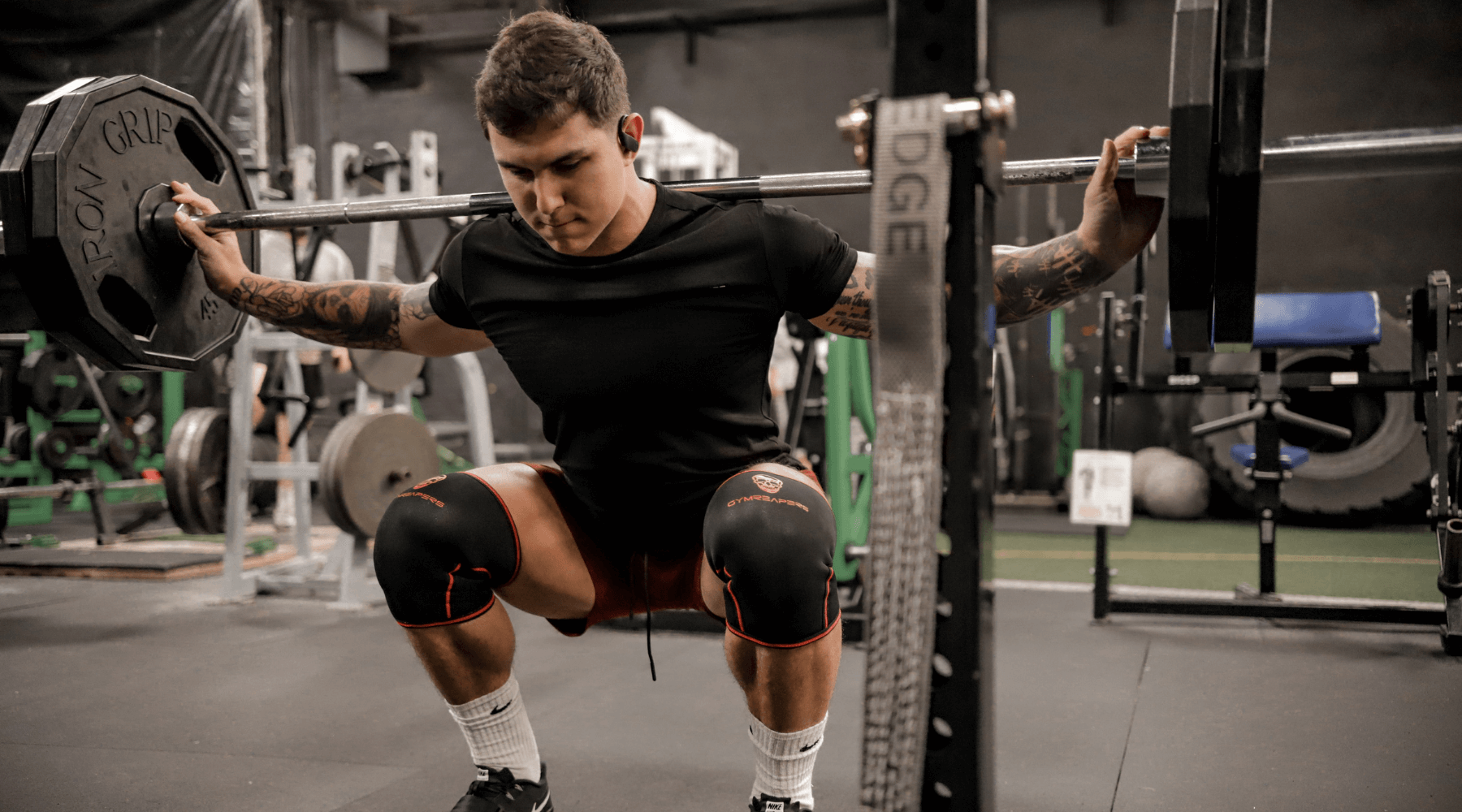You may have seen resistance bands laying around in your gym, but have you seen grip hip bands? If you’ve ever considered using circle hip bands, you’ve come to the right place.
Hip circle bands put your legs to the challenge and activate your glutes and hips for a leaner, sexier lower-body.
What’s the difference between resistance bands and grip hip bands? Although some people may rely on resistance bands for their upper and lower body workouts, a grip hip band offers more grip and comfort than traditional resistance bands. These hip circle bands are often thicker, more supportive, and specifically designed for hip and glute engagement.
In this article, you will learn more about what hip circle bands are, what they do and what they’re used for, the benefits of using hip bands, how to find a good workout, and some of our top hip strengthening exercises.
What are Hip Bands?
We mentioned the thicker design of hip bands, but there’s more to these bands than meets the eye. Circle hip bands are made from a soft elastic fabric that features a non-slip inner grip to prevent sliding and discomfort.
Hip bands offer more support and resistance to help shape legs, hips, glutes, ankles, and calves when used properly. Best of all, hip bands serve another purpose which is to strengthen and rehabilitate the lower body.
Hip bands are sometimes called hip circles, booty bands, or butt bands. Either way, these band are popular for toning and improving the performance of the lower body, especially the hips, thighs, and glutes.
How do hip bands work?
Circle hip bands are effective because they add resistance and complexity to lower body movements. The added load (resistance) forces the body to work harder, which burns more calories and tones.

What do Hip Bands Do?
You may be wondering about hip band uses. The great thing about exercise hip bands is that they aren’t just for the lower body. Because hip bands target smaller muscle groups better than free weights, they can sometimes be used to perform push and pull movements (such as shoulder presses or chest presses).
Hip bands can also help with mobility issues when they’re used correctly. Studies have shown that hip abduction exercises (which can be performed with hip bands), in both therapy and weightlifting settings, have been shown to strengthen needed muscles for stabilization and injury prevention (1).
By doing hip abduction exercises you also tone and tighten your backside no matter your age. That’s what makes hip bands such an essential and versatile investment for any gym bag.
The Benefits of Hip Bands
We mentioned some benefits of hip bands up above, but there are quite a few more reasons to start incorporating them into your routine. Aside from providing a good workout, improving your mobility, and helping with recovery, hip bands help build muscle.
How? Hip bands help build muscle by breaking apart muscle fibers in the hips, glutes, and legs. The purpose is to rebuild the muscle fibers and increase strength in those muscle groups.
In addition to providing great benefits to the body, hip bands also have their beneficial aspects. Here’s what makes hip bands a staple for any gym bag:
1) Matches Your Fitness Level
No matter if you’re just starting with a fitness program or have been an avid athlete, hip bands are easy to use and can fit into any custom workout. In addition to that, hip bands are pretty affordable, with some being under $20.
2) Gives Added Functionality
You may remember from above, but hip bands provide variety and functionality because they can be used for upper body move, especially warm-ups. Use hip bands to test your muscles in new ways so you can get more strength and definition.
3) High Durability and Efficiency
Hip bands are proven to be effective in shaping glutes and legs and are made to last for a long time. The material and makeup of hip bands make them lightweight, so they can travel with you and take up a minimal amount of space.
Picking a Hip Band
To get started with implementing hip bands, there are a few important things to consider. The most crucial aspect to look for is quality. This is a piece of equipment that will be used frequently and should last you a long time.
Look for a hip circle band that is enhanced with a non-slip inner traction material, ensuring that it doesn’t slip or pull while you exercise.
Resistance hip bands can come in several sizes and resistance levels. When looking to invest in one for your gym bag, pick the right size and resistance that will match your ability. Typically, hip band sizes range from 13-inches to just over 16-inches and correspond to your bodyweight.
For example, a 13-inch hip band is considered a small (size) for people who weigh 120 pounds or less and typically has resistance between 15 to 25lbs. Comfort also matters, so make sure the material will be comfortable, move with you, and features a strong elastic.

Buy Hip Bands
Top Hip-Strengthening Exercises
The resistance hip band can be used for many different exercises such as squat variations, step-ups, thrusts, side steps, focused contractions, lunges, and other glute workouts.
If you’re looking for a few ideas on how to incorporate hip bands in your routine, here are a few strength training exercises you can do.
1) Squats (Quarter Move)
This squat variation is made to engage your hip-abductor and help with knee position and stability. The muscles being worked include your glutes, quads, hamstrings. Here’s how to perform the move:
- Start by placing the hip band slightly above your knees and stand should-width apart, with a slight bend in your knees.
- Keep your chest high and your core engaged as you squat down and bend your knees to 90 degrees (or as low as you can for added difficulty).
- Try to push against the bands with your knees during the entire movement
- Once you’re in a full squat position, stand up just one-quarter of the way up, then move back down into a squat position
- From the squat position, stand back up, completing one single repetition.
- Repeat the process for as many times as you can (shoot for at least 10).

2) Sideway (Lying) Leg Lift
Taking it down to the floor in a lying position, the sideways lying leg lift helps strengthen the hip abductor muscles and helps with mobility. There are two ways you can do the move, one easy and one hard.
Here’s how you can perform either move:
- Start by lying on your side with your legs stretched out and stacked on top of each other.
- Place the hip band slightly above your knees (the easy way) or place the band around your ankles (the hard way).
- You can support your head with your hand as you’re lying down or simply straighten the arm out for stability
- With the leg facing the ceiling, lift it as high as possible without contouring or stressing your hip.
- Make sure that your upper legs travels vertically and is in line with your resting leg.
- Focus on your form and tempo, not rushing to complete each rep.
- Repeat the move for 10-12 repetitions before moving on to the other leg.
Those are just a few examples of what you can do with hip bands. There are plenty more adaptation you can follow as you develop your routine. Remember that form and stability is important, otherwise, you risk injuring yourself.
Closing the Circle
If you made it this far, you’ve discovered more about what hip bands are, what they do and what they’re used for, the benefits of hip bands, how to find a good workout, and some of our top hip strengthening exercises.
Looking to snap one for your gym bag? Gymreapers makes quality gym equipment and apparel, including hip bands. Check out the choice of hip bands to find the right one for you.
References
- McBeth, J., Earl-Boehm, J., Cobb, S., & Huddleston, W. (2012). Hip Muscle Activity During 3 Side-Lying Hip-Strengthening Exercises in Distance Runners. Journal Of Athletic Training, 47(1), 15-23. doi: 10.4085/1062-6050-47.1.15













Leave a comment
All comments are moderated before being published.
This site is protected by hCaptcha and the hCaptcha Privacy Policy and Terms of Service apply.